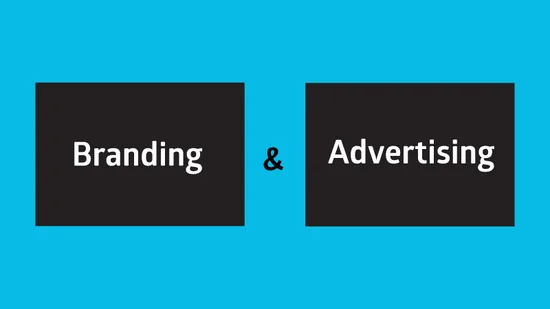How Do I Identify My Target Audience for Advertising?
Identifying your target audience is a crucial step in creating effective advertising campaigns. A well-defined target audience ensures that your marketing efforts are focused, relevant, and more likely to yield positive results. Here’s a step-by-step guide to help you identify your target audience for advertising.

Step 1: Analyze Your Product or Service
Start by understanding the features, benefits, and unique selling points (USPs) of your product or service. Consider the following questions:
- What problems does your product solve?
- What needs or desires does it fulfill?
- What are its unique advantages compared to competitors?
Step 2: Conduct Market Research
Gather data on your current and potential customers. This can include:
- Demographics: Age, gender, income, education, occupation, marital status, etc.
- Psychographics: Interests, values, lifestyles, personality traits, attitudes, etc.
- Geographics: Location, climate, urban or rural setting, etc.
- Behavioral: Buying behavior, usage patterns, brand loyalty, etc.
You can obtain this data through surveys, interviews, focus groups, and by analyzing existing customer data and market reports.
Step 3: Create Customer Personas
Based on your research, develop detailed customer personas. These fictional representations of your ideal customers should include demographic information, preferences, behaviors, and pain points. For example:
- Persona 1: Sarah, a 30-year-old marketing professional who values convenience and quality.
- Persona 2: John, a 45-year-old small business owner looking for cost-effective solutions.
Step 4: Analyze Competitors
Study your competitors to understand who they are targeting and how. Identify any gaps in the market that your product or service can fill. Analyze their advertising strategies, messaging, and customer feedback.
Step 5: Use Analytics Tools
Leverage analytics tools to gain insights into your website visitors, social media followers, and customers. Tools like Google Analytics, Facebook Insights, and CRM software can provide valuable data on who is interacting with your brand.
Step 6: Segment Your Audience
Divide your broad audience into smaller, more specific segments based on shared characteristics. Segmentation can be based on demographics, psychographics, behaviors, or a combination of factors. This allows you to tailor your advertising messages to each segment more effectively.
Step 7: Test and Refine
Run test campaigns to see which segments respond best to your advertising. Use A/B testing to compare different messages, images, and channels. Analyze the results and refine your target audience based on the feedback and data you collect.

Conclusion
Identifying your target audience is an ongoing process that requires continuous research and adjustment. By understanding who your ideal customers are and what drives them, you can create more impactful advertising campaigns that resonate with your audience and drive better results.
At MyHoardings, we specialize in helping businesses identify and reach their target audiences through strategic advertising solutions. Contact us at MyHoardings today to learn how we can support your advertising goals and help you connect with the right








